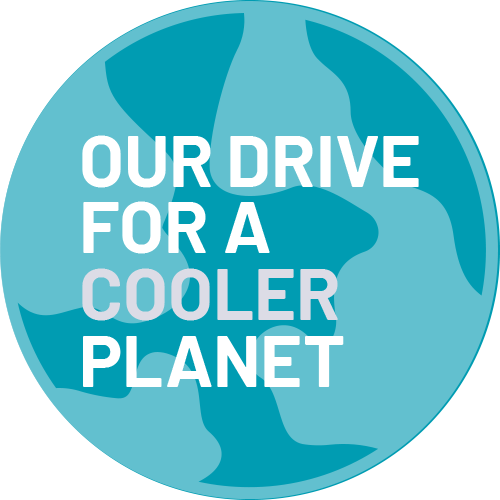Case Study
Vibration testing – One element of our internal test and validation
Problem
Optidrive variable frequency drives can be panel, cabinet or motor mounted depending on the type of application they are being used in. This means they could be exposed to environments with variances in vibrations.
Solution
A dedicated test and validation team uses the latest technology to put our products through a range of real-world scenarios. From environmental conditions to electronic interference. Vibration testing is one part of this. A vibration rig allows products to be mounted in a range of positions. This can replicate where the drive might be positioned or the application it is being used on.
Invertek Drives Ltd
As a world leader in the design and manufacture of energy-saving variable frequency drives, test and validation is a critical part of the process for Invertek Drives. It ensures our motor control products surpass industry and regulatory certification requirements and have the durability to perform in a wide range of conditions and environments.
We have invested significantly in in-house test and validation facilities. This allows us to test to the relevant international standards and create real-world scenarios.
One part of this is vibration testing. Our drives can be panel, cabinet or motor mounted depending on the type of application they are being used in. This means they could be exposed to environments with variances in vibrations.
Drives can be mounted in a range of scenarios where vibrations can vary
“A variety of factors can cause vibration. The motor itself or the application, such as a mixer, conveyor, crane, marine vessel, ventilation system, etc. Variances in vibration intensity can vary depending on where the VFD is mounted,” said Jay Davies, Product Integrity Manager.
“No matter what the cause, we have to ensure our drives meet the product specifications. Within our in-house test and validation labs, we can create a range of scenarios simulating the conditions our VFDs might be exposed to.
“This includes an industrial vibration rig. It allows us to replicate a range of applications and vibration scenarios.”
The rig allows products to be mounted in a range of positions. This can replicate where the drive might be positioned or the application it is being used on.
Accelerometers can measure vibrations at different points on the drive
It uses accelerometers to measure the vibration of the product under test. These can monitor vibration at different points on the drive, internally and externally.
A test engineer can remotely monitor the rig and simulation which can vary between long and short time periods of time. It is also capable of handling a range of Optidrive Eco frame size 1 to the large P2 and ECO frame size 8.
“By undertaking such testing in-house alongside other test and validation, EMC emissions, EMC Immunity, and environmental (heat and humidity), we can ensure a drive meets product specification,” added Jay.
This includes industry drive standards, DNV marine standards, and customer-specific requirements. It also reduces the risk of product failure in the field.
You can watch a video about our vibration testing at InvertekDrives.tv














